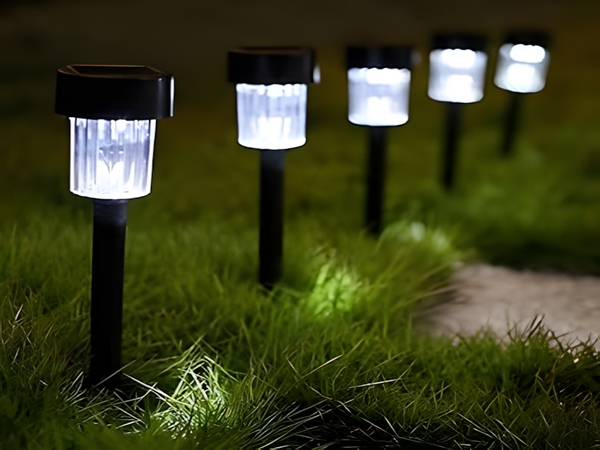
Today, solar street lights have become a popular product in the lighting industry. They are energy-efficient, environmentally friendly, safe, and durable. Compared with traditional lighting, solar street lights can operate normally even in areas with an imperfect power grid or harsh environments. So, what are the core components of solar street lights? The following are some insights.
1. Battery
Batteries store electrical energy as chemical energy and convert it back to electrical energy when needed. These types of batteries are referred to as storage batteries.

Common types include lead-acid batteries, Ni-Cd batteries, Ni-H batteries, and lithium batteries. The selection of battery capacity generally follows these principles: it must meet the requirements for nighttime lighting, store as much energy from the solar panels during the day as possible, and provide sufficient energy for consecutive cloudy nights. A battery that is too small cannot meet nighttime lighting needs, while a battery that is too large will waste energy due to underutilization. The battery should be matched with solar panels and the load (street lights). A simple method can be used to determine the relationship between them. The battery capacity must meet the total energy consumption during cloudy days, while the solar panel’s power should be sufficient to fully charge the battery under effective sunlight conditions in one day.
2. Solar Panel
The solar panel, also known as a “solar chip,” “photoelectric cell,” or “solar cell,” is a photovoltaic semiconductor device that generates electricity directly from sunlight. Solar cells convert light energy into electrical energy through photovoltaic or photochemical effects. The mainstream solar cells are polycrystalline and monocrystalline silicon. When sunlight hits the semiconductor p-n junction, new hole-electron pairs are formed. Under the influence of the electric field of the p-n junction, holes flow from the n region to the p region, while electrons move from the p region to the n region, completing the circuit and generating current.
Types of solar cells include monocrystalline silicon cells, polycrystalline silicon cells, amorphous silicon cells, and thin-film cells.
3. Photovoltaic Controller
A photovoltaic controller is an automatic control device that manages the charging of batteries from solar panels and the discharging of batteries to the load. Regardless of the size of the solar street light, a well-performing charge and discharge controller is essential. To extend the battery’s lifespan, charging and discharging conditions must be regulated to prevent overcharging and deep discharging. In areas with significant temperature variations, a qualified controller should also have temperature compensation capabilities.

That concludes our discussion about the core components of solar street lights. Solar street lights are safe, energy-efficient, and environmentally friendly. They rely on solar energy during the day and use it at night, resulting in energy saving, pollution-free operation, a significant reduction in electricity costs, and no need for manual control or maintenance.



